Stirred by the eye-catching grandeur and service possibilities of early-century Parisian and Londoner high-end shopping, Swedish businessmen Josef Sachs (1872-1949) and Karl M. Lundberg established Nordiska Kompaniet in 1902, laying the foundation for what would become Scandinavia’s first and, in time, most influential entry into the realm of luxury retail.
In 1915—after a twelve-year jaunt in a repurposed space at Stureplan Plaza and following Lundberg’s departure from the company—Sachs began construction of an entirely new and substantially more opulent store on Stockholm’s major Hamngatan corridor. The building was designed by one of the country’s leading architects at the time, Ferdinand Boberg (1860-1946), of Stockholm’s Rosenbad and Central Post Office fame. Nordiska Kompaniet emerged as Stockholm’s premier department store: modern and multi-tiered, centrally located, offering a lavish smorgasbord of services and Nordic-inspired merchandise capable of enticing the region’s most elite clientele.
Beyond jewelry, fashion, cosmetics, food, Sweden’s first escalator, and endless panoramas of mahogany (which, noteworthy upon its opening, lined most of its interior), Nordiska Kompaniet Hamngatan offered shoppers its own line of custom-made furnishings crafted in workshops in Nyköping (est. 1904). The design aesthetic reflected the general ethos of the company: high quality production, pared-down lines with touches of genteel elegance, and, above all, an air of exclusivity.
As the century progressed, the in-house design and production wing of the Nordiska Kompaniet operation attracted some of Scandinavia’s most salient design innovators. Swedish architect-designer Axel Einar Hjorth headed up Nordiska Kompaniet’s furniture and interiors department between 1927 and 1938, a clout-expanding time for the company on the international stage. He directed Nordiska Kompaniet’s showcases at a number of important industry exhibitions, such as the 1929 World Fair in Barcelona, the 1930 Stockholm Exhibition, and the 1933 World Fair in Chicago. Along the way, Hjorth garnered acclaim for his often pine-crafted interiors designed for a range of prestigious public and private clients, including Stockholm’s Gunnar Asplund-designed city library and a train carriage for the Shah of Persia. During Hjorth’s tenure, Nordiska Kompaniet commissioned iconic work from Asplund—namely, his tubular steel Karmstol Side Chair and GA-2 Armchair (both 1931)—as well as esteemed Swedish architect-designer Carl Malmsten, who created furnishings for Stockholm’s Concert Hall (1928), the House of the League of Nations in Geneva (1934), and more.
While bespoke interior design in public spaces remained Nordiska Kompaniet’s main focus in the midcentury—especially in 1950s, when Nordiska Kompaniet furniture filled Swedish banks, hotels, embassies, steamers, and restaurants—this era also saw the rise of the company’s furniture designs for serial production. Of particular note is the Trivaserie (alternatively, Triva-Bygg), designed by Elias Svedberg and launched in Malmö in 1944, which featured standard furniture items distributed in flat packages to be constructed by consumers themselves at home (one of the first instances of the knock-down furniture later made famous by fellow Swedish heavyweight Ikea).
Under designer Lena Larsson’s direction from 1947-1965, the Trivaserie line was subsumed into Nordiska Kompaniet’s experimental NK-bo (NK “Living”) label. During these years, the Triva series moved beyond knock-down furniture and expanded to include designs like Kerstin Hörlin-Holmquist Paradiset Sofa (ca. 1958) and Yngvar Sandström’s Tokyo Bench (ca. 1964). Other notable midcentury Nordiska Kompaniet designs include the Annette Dressing Table (1943) and Trienna Chair (1957) by prominent architect, interior and industrial designer Carl-Axel Acking.
Aided by the consumer influence of the department store, which gave the space and context to present single products not just exclusively, but also within full room settings, Nordiska Kompaniet enjoyed decades of manufacturing success before declining profitability forced the closure of their Nyköping workshop in 1973 and turned their focus to trade. Today, the company is still renowned as a high-brow supplier of goods and services, operating from two outlets: the original NK on Hamngatan, and another in Gothenburg (est. 1971).

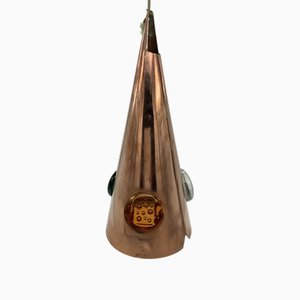
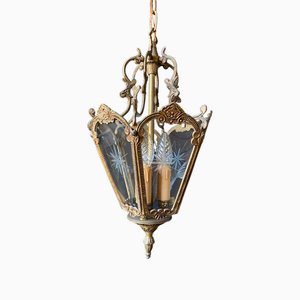

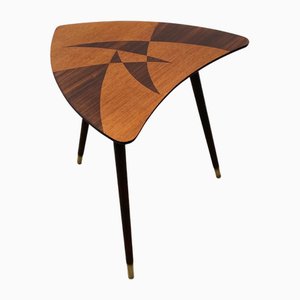



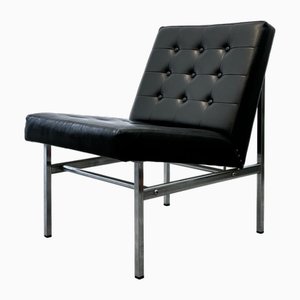
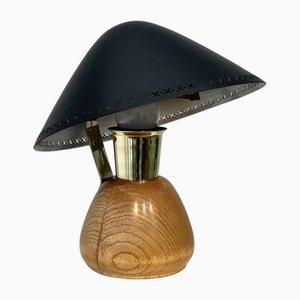
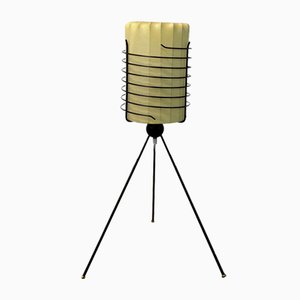
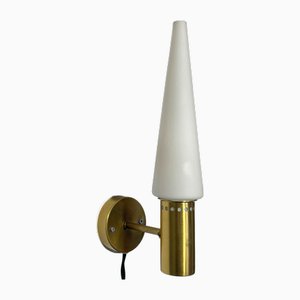

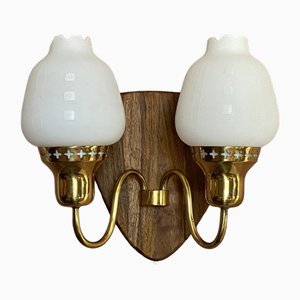
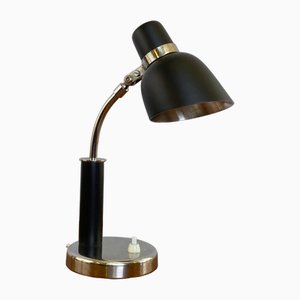
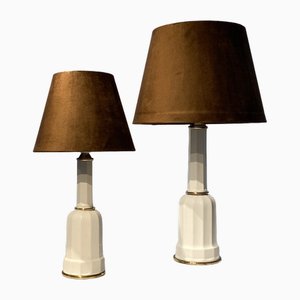

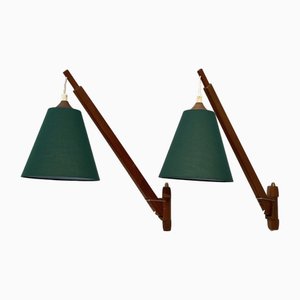
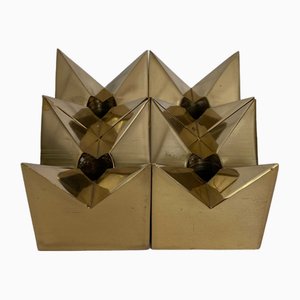
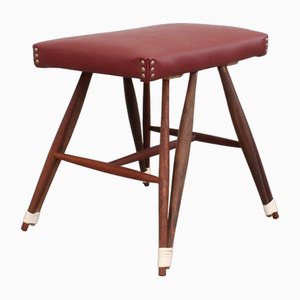
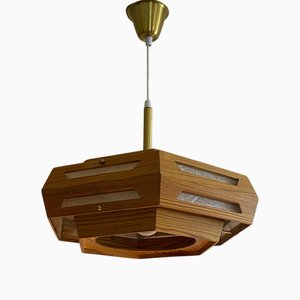
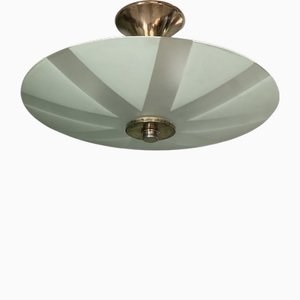
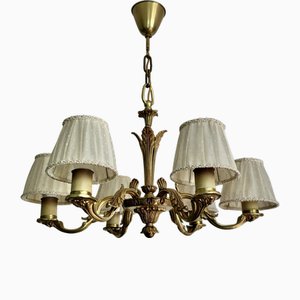

Schreiben Sie uns
Ein Angebot machen
Uns ist aufgefallen, dass Sie neu bei Pamono sind!
Bitte akzeptieren Sie die Allgemeinen Geschäftsbedingungen und die Datenschutzerklärung
Schreiben Sie uns
Ein Angebot machen
Fast geschafft!
Um die Kommunikation einsehen und verfolgen zu können, schließen Sie bitte Ihre Registrierung ab. Um mit Ihrem Angebot auf der Plattform fortzufahren, schließen Sie bitte die Registrierung ab.Erfolgreich
Vielen Dank für Ihre Anfrage! Unser Team meldet sich in Kürze bei Ihnen zurück.
Wenn Sie Architekt*in oder Inneneinrichter*in sind, bewerben Sie sich hier um dem Trage Program beizutreten.